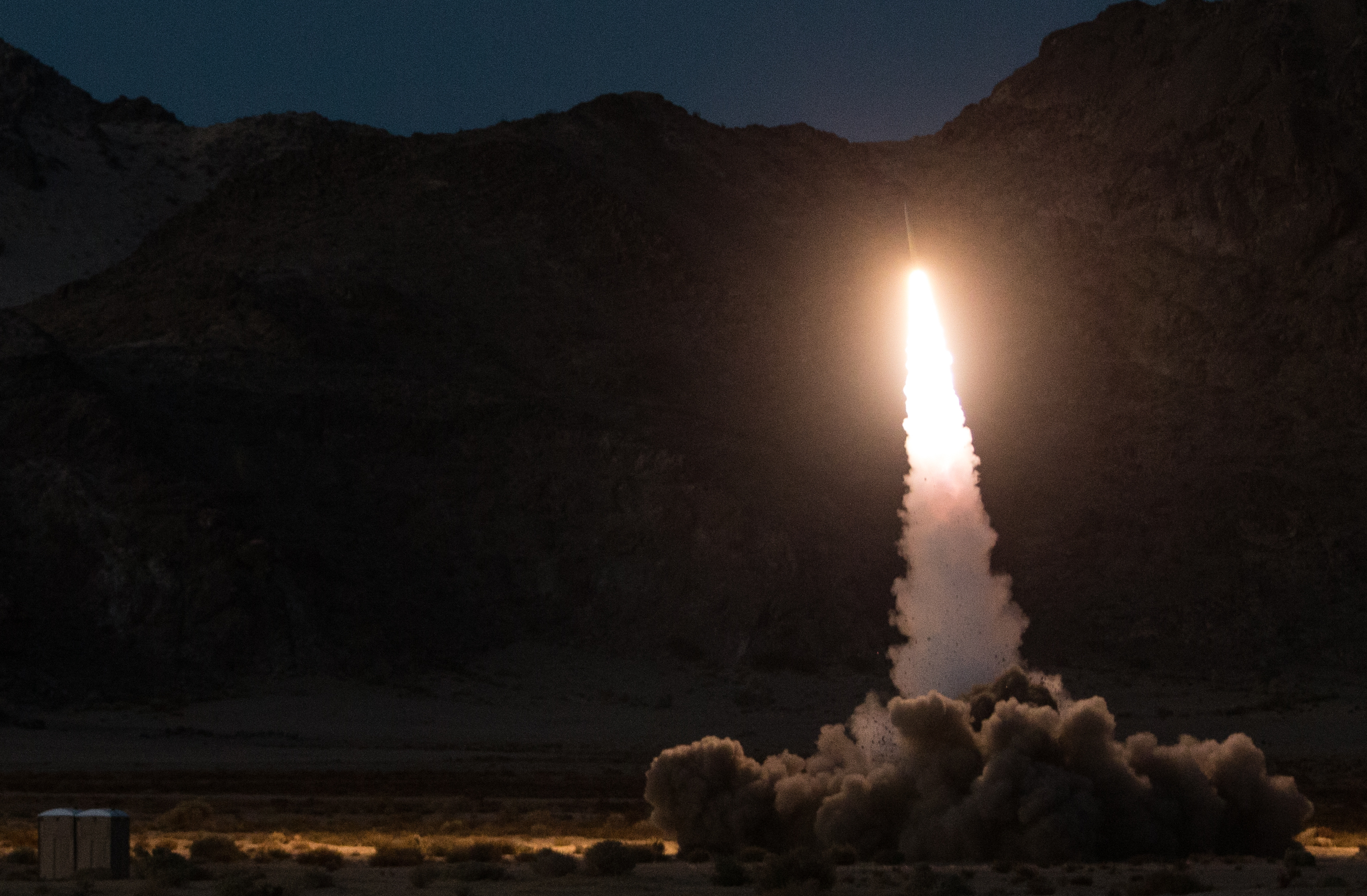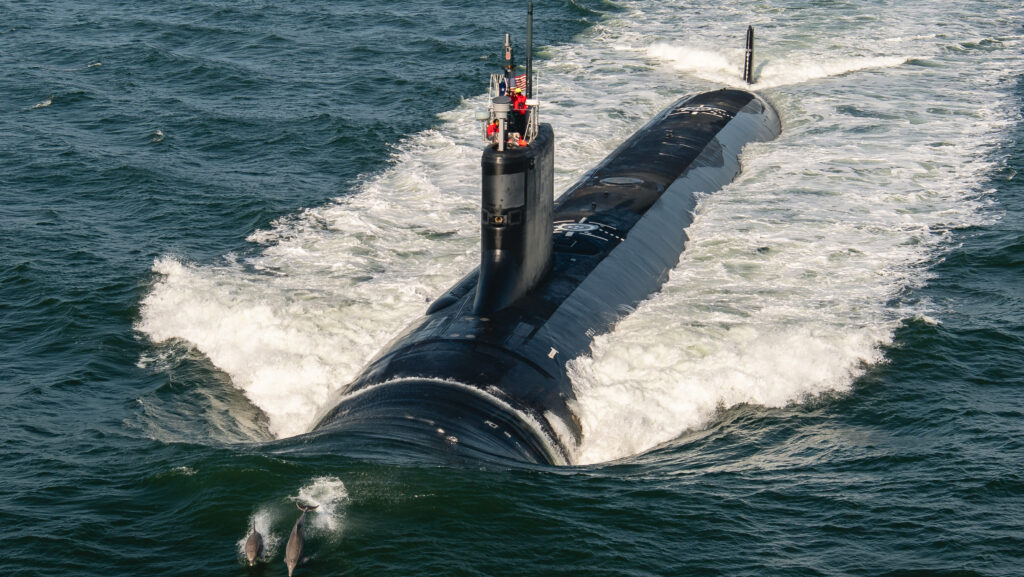
This post has been updated to note that, after publication, the Marine Corps told USNI News that DARPA reached out about working together on land-based hypersonic weapons but the Marine Corps is not interested.
The Pentagon’s research and development community reached out to the Marine Corps over how a land-based hypersonic weapon could be incorporated into the smallest service’s quick-maneuver concept.
Mike White, assistant director for hypersonics in the Office of the Under Secretary for Defense for Research and Engineering, said today that “I haven’t given up on the Marines yet” for incorporating hypersonic weapons into their future operational concepts.
“The Army and the Navy and the Air Force are moving out aggressively with hypersonic systems, but we are also talking to the Marines about possible applications of ground-launched hypersonic capabilities,” he said during the Defense One Tech Summit held online this week.
Hypersonic weapons travel at speeds of at least Mach 5 – five times the speed of sound – and challenge enemy defense systems not only in tracking their path but in being able to hit and defeat them.
Asked why the Marines would be a good candidate for using hypersonics, which can be shot from greater distances and still hit their targets quickly, White said, “the Marines bring agility to the land campaign. They are an agile force; they can be in certain places with a relatively small footprint relatively quickly. And so that agility and flexibility allows for a number of different advantages. So there’s some conversations happening between DARPA and the Marines in particular to talk about the potential transition of a land-based hypersonic capability to the Marines. And it’s just being discussed as part of the opportunity space for future application of hypersonic weapons.”
However, the Marine Corps does not appear interested in this collaboration. Marine Corps spokesman Maj. Josh Benson told USNI News after the original publication of this story that two weeks ago the Marine Corps decided it would not pursue land-based hypersonics. “We are not working with DARPA on it and will not be pursuing this like other services,” he said.
Lt. Gen. Eric Smith, deputy commandant for combat development and integration, told USNI News in a statement that, “The Marine Corps is committed to long-range precision fires, however we are a light and austere force who must consider our speed and mobility. We do not openly discuss our work on future weapons, but it is fair to say that we are focused on systems which adhere to our concepts of speed and mobility.”
The Marine Corps spent much of the last two decades with personnel and equipment flowing in and out of Iraq and Afghanistan for lengthy deployments to the ground wars there. Though routine deployments of marine expeditionary units on amphibious ships never stopped, they were certainly not the focus of Marine Corps operations.
Today, though, the service is seeing a renaissance in its amphibious force, with new thought focused on how to better employ forces and significant attention focused on how to develop small ships, unmanned vessels, new connectors, simplified logistics, new weapons and much more to support these new operational concepts that tend to focus on small groups of Marines moving from the sea to a piece of land, conducting a mission quickly and then moving away to a different piece of land. This island-hopping strategy is primarily being crafted with a Pacific operating area in mind, but it could also be used in places like the Baltic Sea.
The Navy was dubbed the lead service for developing a hypersonic weapon to serve as a conventional prompt global strike weapon – not meant to replace nuclear weapons but rather to provide another option for launching a retaliatory strike anywhere around the world in less than an hour. The Navy’s approach has been to develop a glide body that all the services could use that could withstand the harshest possible conditions: in this case, being launched from a submarine undersea. The Navy has since talked about putting this hypersonic weapon onboard Block V and later Virginia-class submarines with the Virginia Payload Module, as well as potentially the Zumwalt-class destroyer, but the topic of arming Marines with ground-based hypersonic weapons had not been publicly discussed before.





